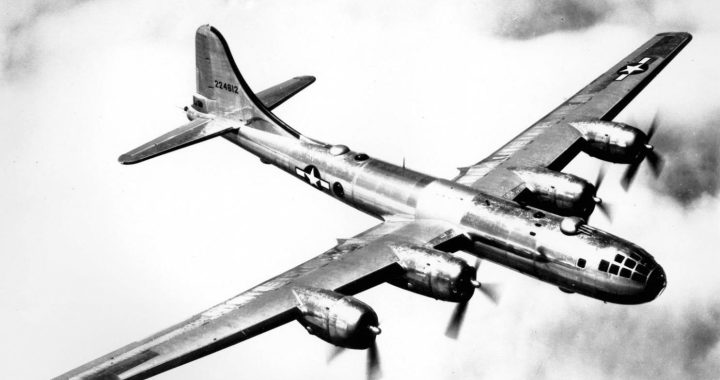Amazing facts about Boeing B-29 Superfortress
The Boeing B-29 Superfortress is an aircraft that was developed by the Boeing as a four-engine propeller driven heavy bomber to serve for the US Army. The aircraft was primarily used by the US Air Force during World War II and the Korean War. This aircraft was amongst the largest aircraft that was sued during … Continue reading Amazing facts about Boeing B-29 Superfortress
0 Comments
